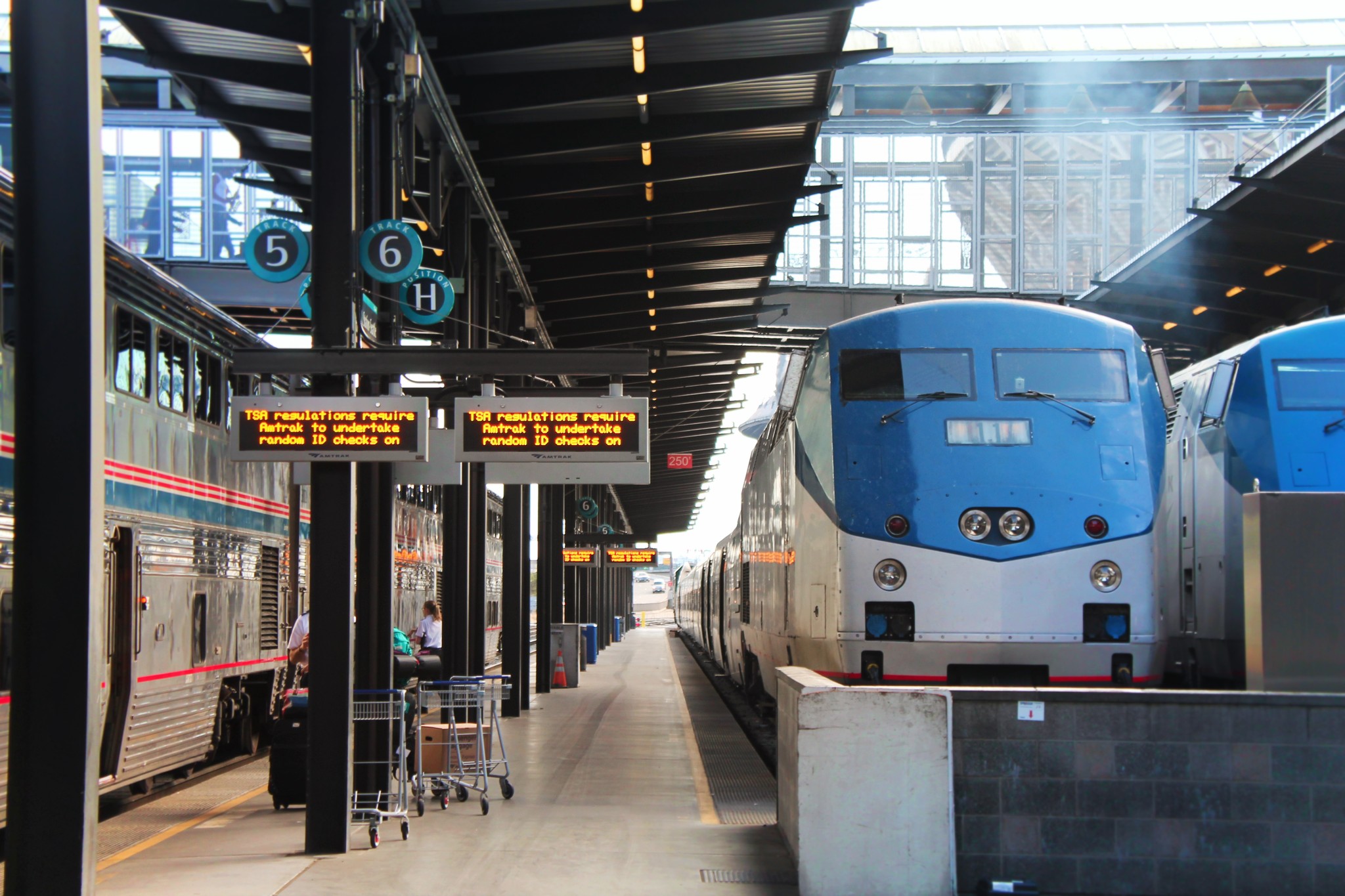 The Federal Railroad Administration (FRA) announced a USD 1.4 billion investment for 70 US rail infrastructure projects to be implemented in 35 states and Washington, D.C. The authority says that this is the largest amount ever awarded for rail safety and rail supply chain upgrades through the Consolidated Rail Infrastructure and Safety Improvements (CRISI) programme.
The Federal Railroad Administration (FRA) announced a USD 1.4 billion investment for 70 US rail infrastructure projects to be implemented in 35 states and Washington, D.C. The authority says that this is the largest amount ever awarded for rail safety and rail supply chain upgrades through the Consolidated Rail Infrastructure and Safety Improvements (CRISI) programme.
The projects will benefit every region of the country, with nearly two-thirds of CRISI funding flowing to rural communities.
The largest amount worth USD 178.4 million will go to Alabama, Louisiana, and Mississippi and will be used by Amtrak in partnership with the Southern Rail Commission for the Gulf Coast corridor improvement project, which will restore passenger service in a region that has not had access to it since Hurricane Katrina in 2005. Works include track and signalling improvements, grade crossing upgrades, and station improvements to add two new daily round trips between New Orleans and Mobile, Alabama. The works will also support reliable freight operations along a line used by CSX Transportation and Norfolk Southern Railway and benefit the Port of Mobile.
USD 72.8 million will be allotted for the eastern Washington State for track improvements, upgraded grade crossings, and enhanced infrastructure on the Palouse River & Coulee City Railroad (PCC) through the Rural Rail Rehabilitation phase II project. The investments will allow the line to carry modern 286,000-pound railcars, increase speeds, and protect against the effects of severe storms and washouts.
In Tennessee, the Tennessee Short Line rail bridge bundle project will put more than USD 23.7 million to work upgrading 42 bridges along 10 different short line railways in need of immediate, extensive repair or replacement. The impacted bridges are located throughout the state.
In Kentucky, more than USD 29.5 million in federal funding will make improvements along Paducah and Louisville Railway’s 450.6 km main line, including upgrading multiple bridges, rehabilitating locomotives, and improving track in a local rail yard through the Foster Economic Sustainability Throughout Kentucky project. This project will help reduce delays and increase safety and resiliency on a vital freight rail line that contributes to economic activity across 18 rural cities and urban clusters.
In Nebraska, more than USD 15.2 million will modernise the Cornhusker Railroad, improving tracks, grade crossings, and a railcar repair facility through the Cornhusker Railroad Regional Connectivity project. Investments will result in safer and more efficient operations, including improved interchanging of regional trains with Class I railroads.
In Maryland, more than USD 11.5 million are available for the first-ever zero-exhaust emissions locomotives to an east coast port through the Port of Baltimore strategic acquisition of battery electric locomotives project. In total, three older, higher-emission locomotives will be replaced with new battery electric locomotives and a battery charger at the Port of Baltimore, benefiting shippers, port employees, and nearby communities by decreasing air emissions and noise. CSX Transportation will use the battery electric locomotives in its Curtis Bay Piers terminal.
In Ohio, more than USD 16.2 million in federal investments will rehabilitate bridges and make several track-related improvements along 290 km of the Kanawha River Railroad (KNWA) through the North Central Appalachia rail enhancement and rail corridor preservation project. The project will allow for increased speeds while improving safety, reliability, and capacity on a rail line that moves needed goods, including chemicals and hazardous materials, in rural areas of West Virginia and Ohio.
Investments in Virginia will result in two new Amtrak round trips and three new commuter rail round trips on the RF&P corridor between Washington, D.C., and Richmond – a critical link between Northeast and Southeast states – while also improving the fluidity of CSX’s freight network.
In California, two additional daily round trips will be added to the Capitol Corridor between the cities of Sacramento and Roseville, and a project eliminating grade crossings in the Central Valley will bring high-speed rail one step closer to becoming a reality.
The selected US rail infrastructure projects “will tackle issues facing communities and invest in a 21st century rail network yielding greater benefits – faster and more reliable deliveries of goods, safer communities, cleaner transportation, and more jobs and workforce development opportunities,” FRA Administrator Amit Bose said.
Share on:



